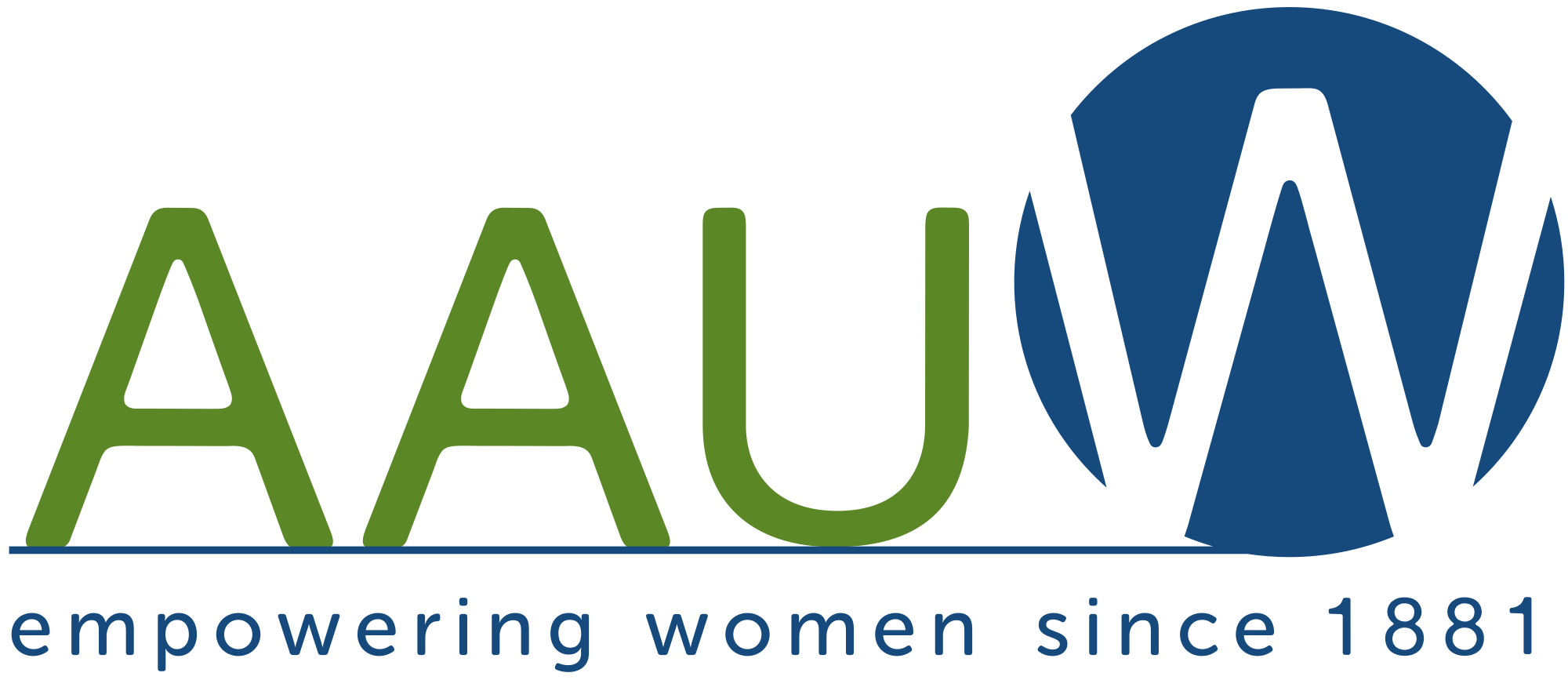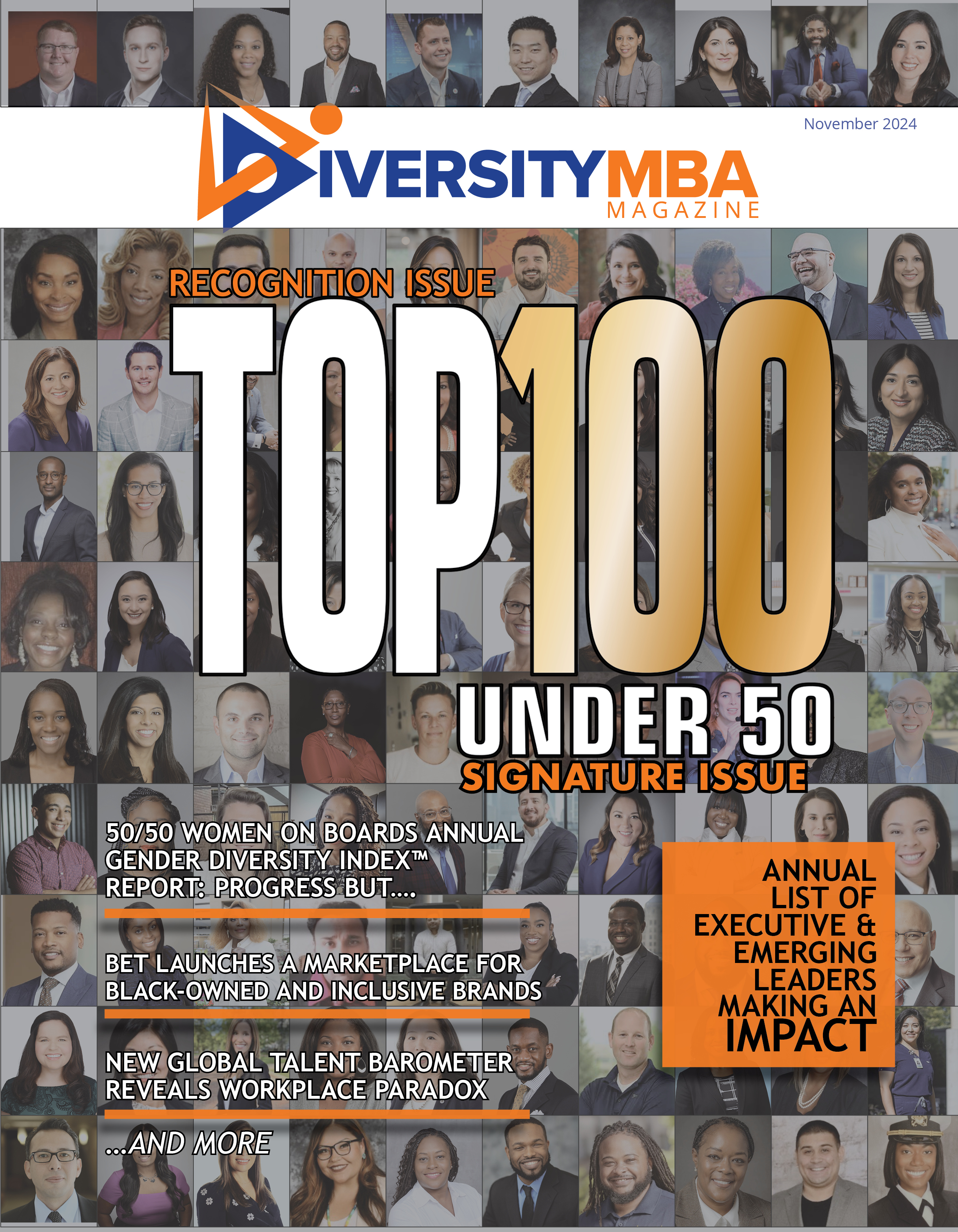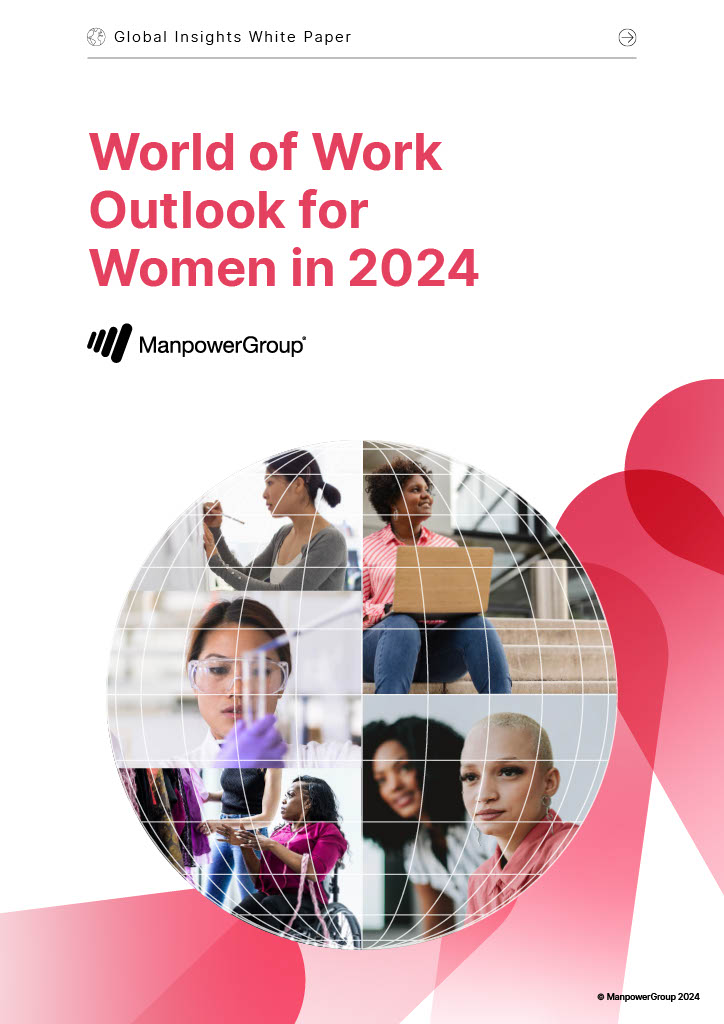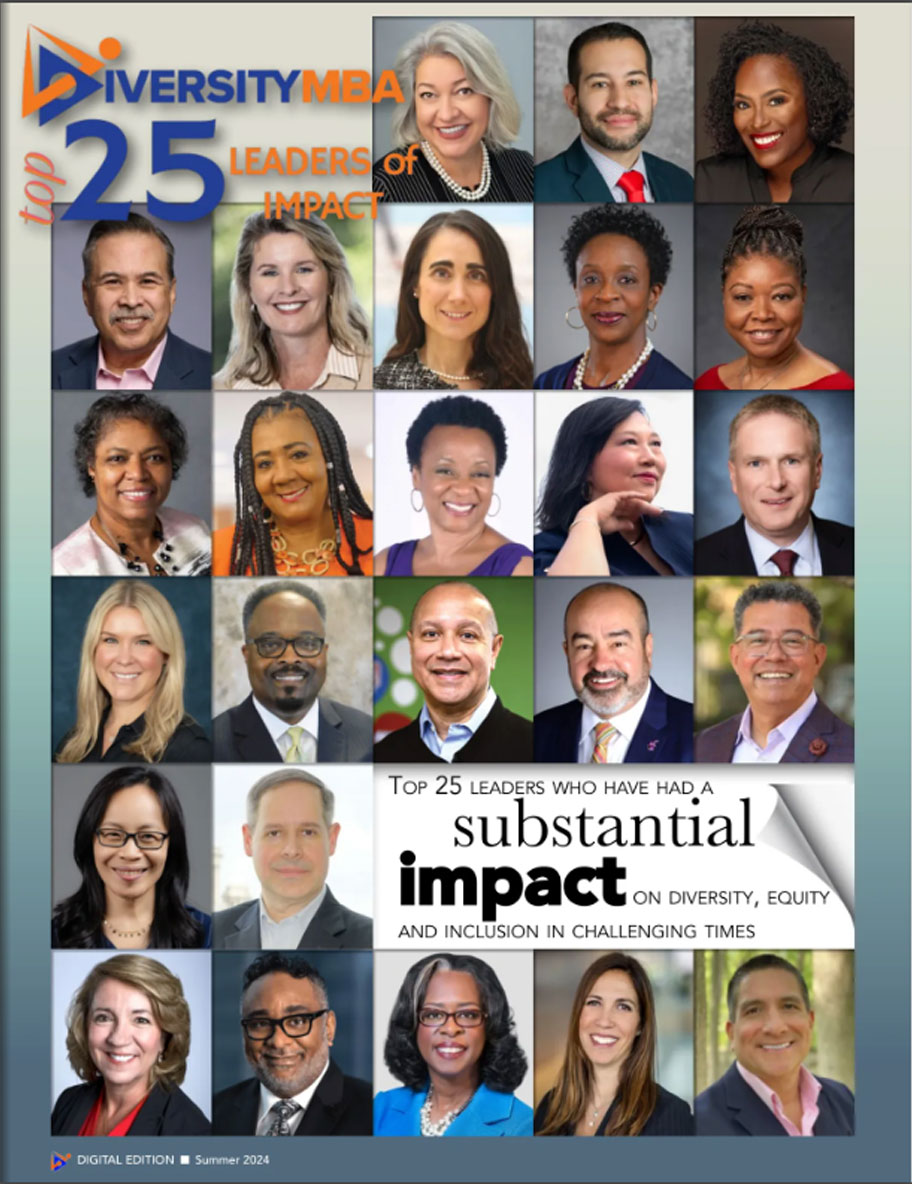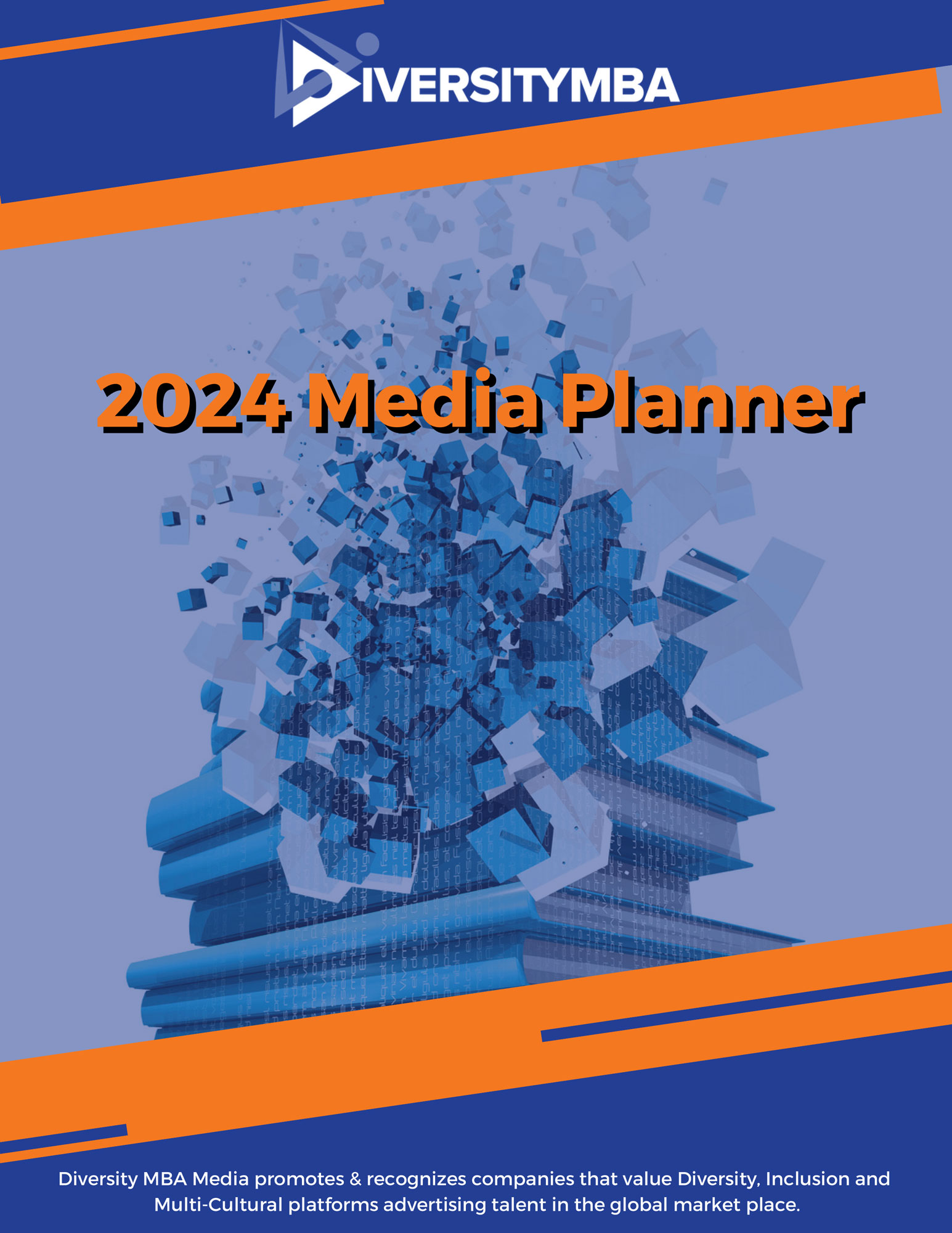On Equal Pay Day, New Poll Finds Majority of Americans Believe Pay Gap Is Due to Bias
Washington, DC, April 01, 2019 (GLOBE NEWSWIRE) — The majority of Americans—almost 60 percent—think the gender pay gap is due to biases in the workplace. Women are more likely than men to blame bias: 65 percent of women say bias accounts for the pay gap, compared to 53 percent of men. Only 23 percent of Americans say the gap is the result of choices women make.
Those are the key findings of a new poll released by The American Association of University Women (AAUW) to coincide with Equal Pay Day (April 2), when women symbolically “catch up” to men’s average earnings from the previous year.
“People of all ages, across all demographics, are well aware that women still face barriers and biases in the workplace,” says Kim Churches, chief executive officer of AAUW. “Most Americans find this unacceptable, and that’s why there is so much momentum toward policies and practices to close the gender pay gap. Given the national dialogue on equity issues in the workplace, I’m confident that we’re seeing a significant culture shift and that before too long, Equal Pay Day will be history.”
Poll explores attitudes, behavior
Despite attitudes about what’s to blame for the pay gap, the poll found that most people are unaware of the extent of it: Only 22 percent of Americans believe that men’s pay increases when they become fathers and only 32 percent believe women’s pay decreases once they become mothers, despite U.S. Census labor data showing a “motherhood penalty,” in which mothers experience drop in earnings, and a “fatherhood bonus,” where men get a bump in pay when they become dads. Mothers are paid 71 cents for every dollar paid to fathers.
The AAUW poll also explored factors related to the pay gap:
- Salary transparency is a key to closing the gap, and 57 percent of Americans reported they have or would discuss their pay with co-workers.
- Millennials and Gen Zers are more likely to talk about their salary with co-workers than other generations (68 percent, compared to 55 percent of Generation X and 49 percent of Baby Boomers).
- In terms of advocating for higher pay, 75 percent of Americans say men and women are treated differently when it comes to pay negotiations.
- More than half of Americans have negotiated for higher pay (51 percent), with men negotiating more than women (54 percent compared to 47 percent).
- Men are more confident in negotiating for salaries (61 percent) compared to women (53 percent).
- 52 percent of Americans believe men are given better access than women to the training, information and resources needed to negotiate their pay successfully.
Closing the Pay Gap by 2030
AAUW has launched a multi-pronged effort to close the pay gap by 2030 by advocating to update and change state and federal laws; working with employers and industries to improve practices; and supporting women to better negotiate their own financial futures.
Women are paid only 80 cents, on average, for every dollar paid to men, according to AAUW’s analysis in The Simple Truth about the Gender Pay Gap report. The gap is even larger for most women of color, where Latinas are paid 53 cents and Black women are paid 61 cents for every dollar paid to white, non-Hispanic men. (Download pay equity fast facts and list of state pay gap rankings.)
Over the past four years, 16 states and Puerto Rico have updated their equal pay laws. An AAUW analysis finds that while 48 states have some sort of equal pay provision, only seven states currently have strong laws. (A detailed breakdown of types of equal pay state policies can be found here.) In 2019, 41 states have introduced new pay equity bills, and Wyoming has passed a new law.
Last week, the U.S. House of Representatives passed the Paycheck Fairness Act, which would update the Equal Pay Act of 1963 to close loopholes that perpetuate unequal pay, including banning employers from using salary history to determine future pay; prohibiting retaliation against workers who voluntarily discuss their wages; expanding data collection to identify pay disparities; and strengthening penalties for employers with equal pay violations. The bill is now under consideration in the U.S. Senate.
AAUW Salary Negotiation Training via More than 150 Colleges and Universities
AAUW also announced today that it is partnering with more than 150 colleges and universities to provide salary negotiation training to students, alumni, faculty and staff. To help close the pay gap, AAUW aims to teach 10 million women to better negotiate wages and benefits through its free Work Smart and Start Smart programs. AAUW Work Smart Online is also available as a free one-hour digital course, created with the support of the Coca-Cola Foundation, LUNA Bar and Mooneen Lecce Giving Circle.
Note: This national online survey of 1,004 U.S. adults ages 18+ was conducted by Strategies 360 on behalf of AAUW on March 25, 2019. It carries a margin of error ±3.1% at the 95% confidence interval. The margin of error for other subsamples may be higher. The sample was drawn from a listed panel source, and the data reflects the demographic and geographic composition of the national voting-age population.
